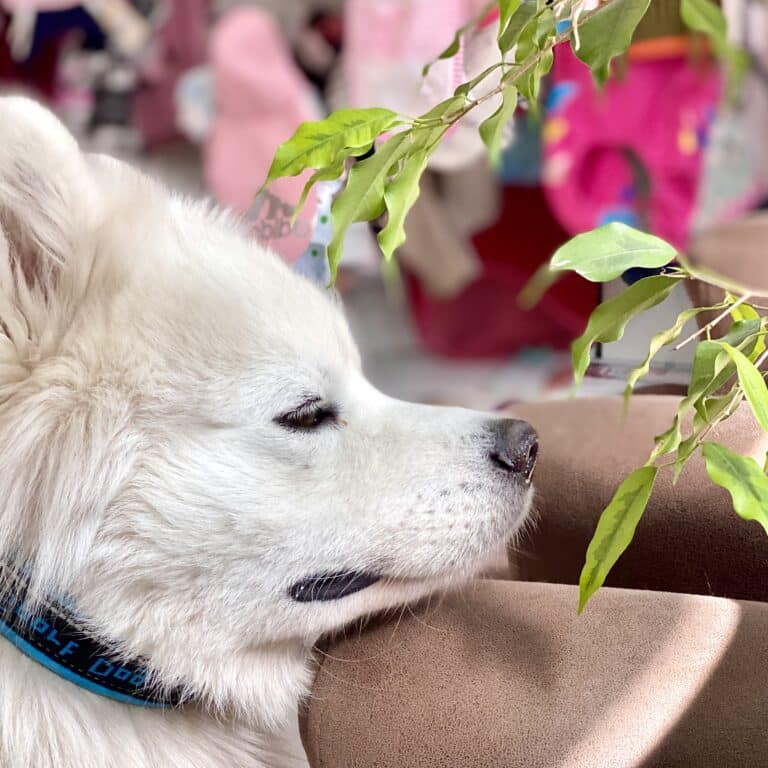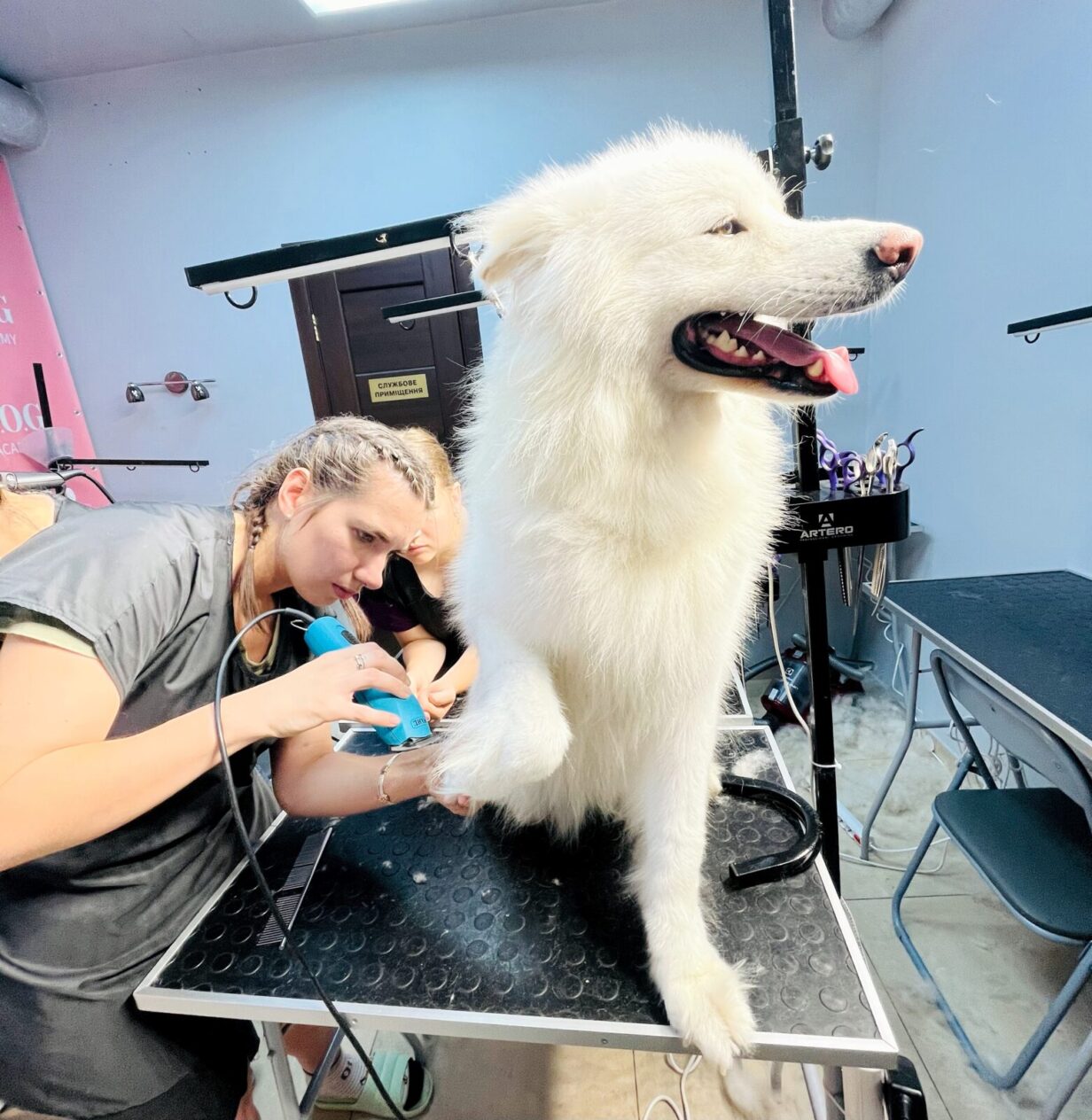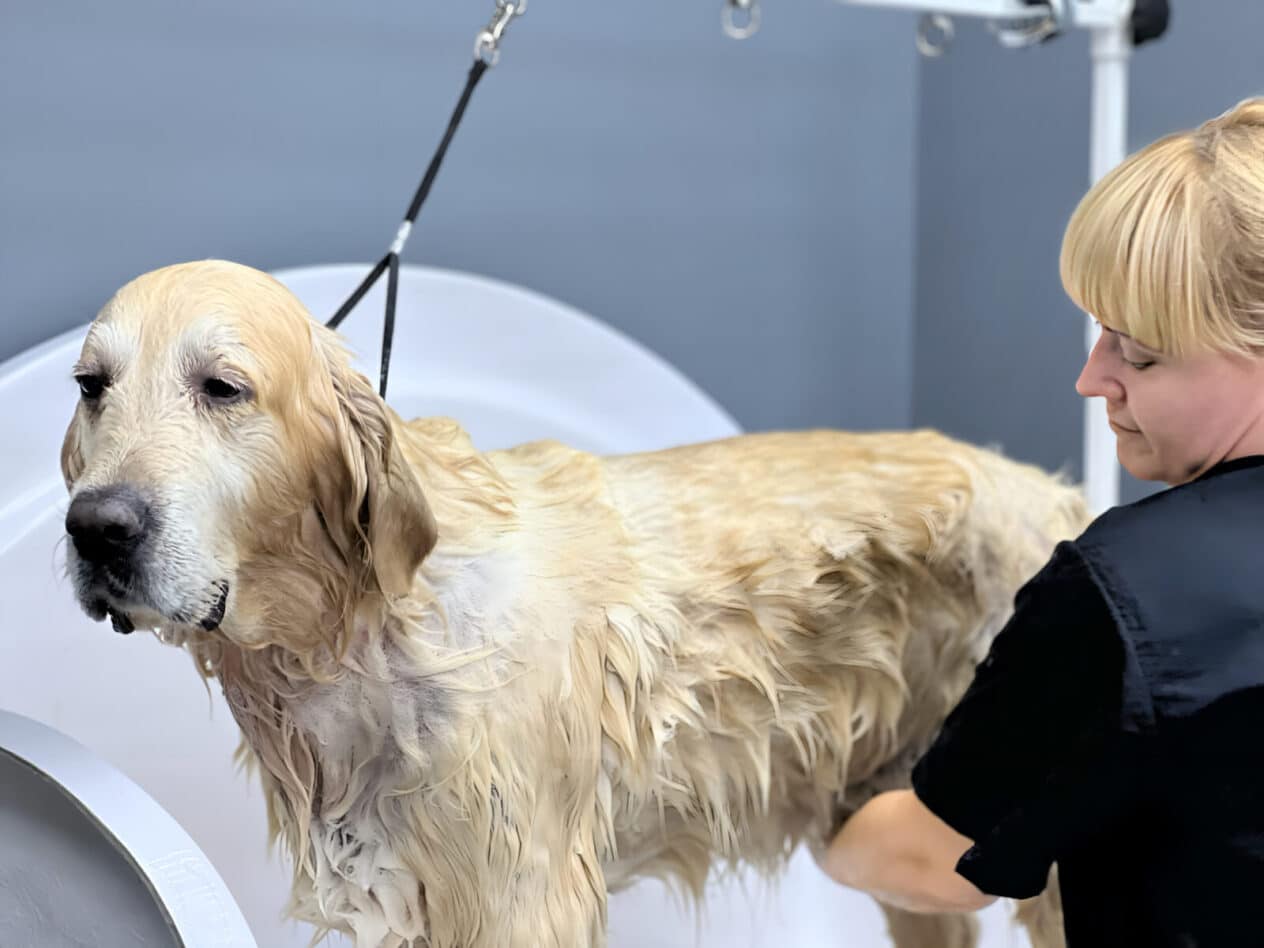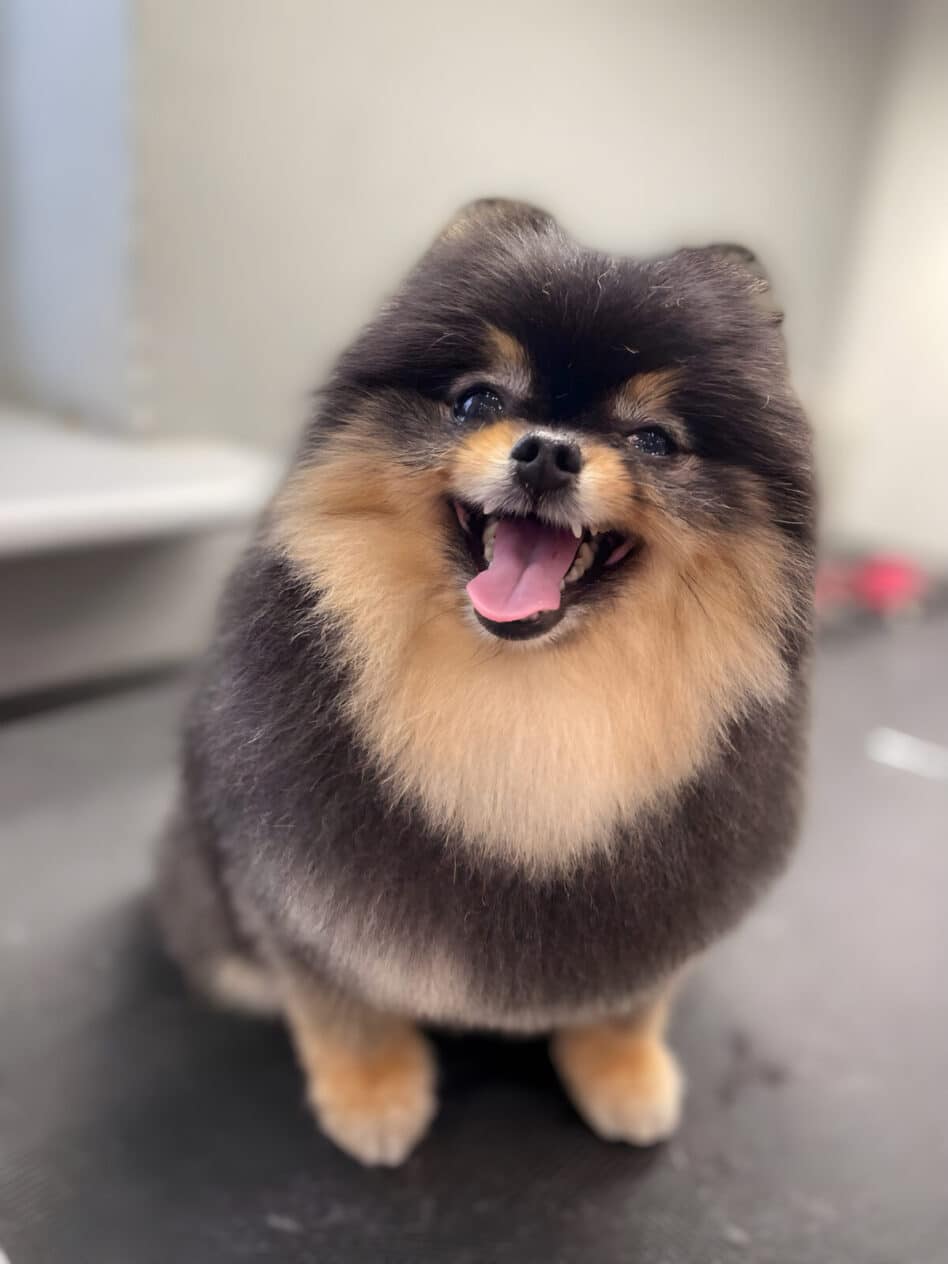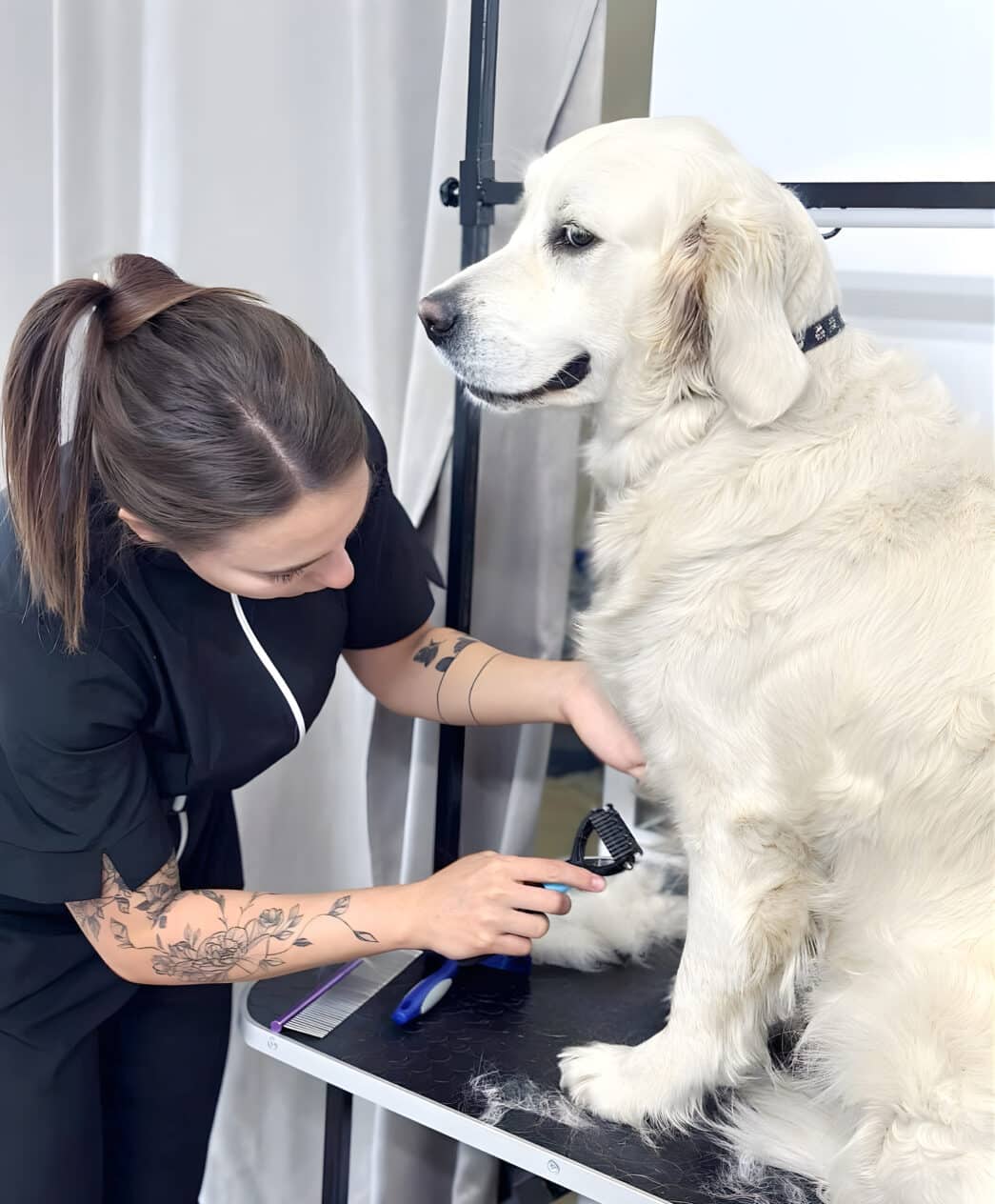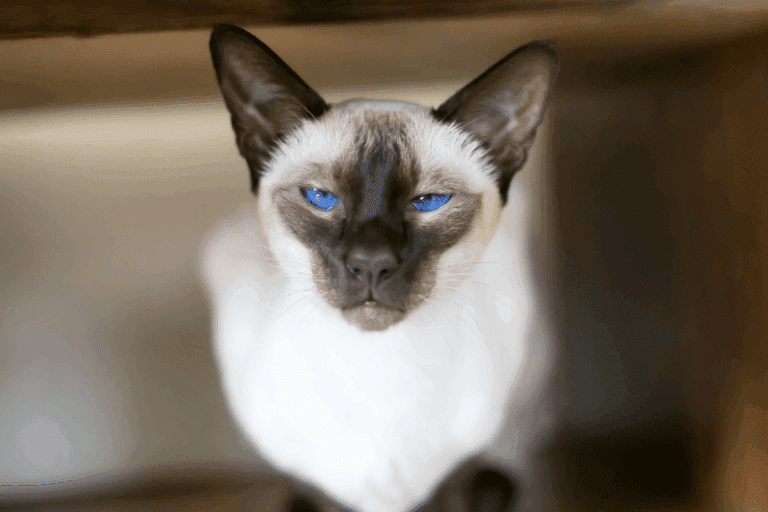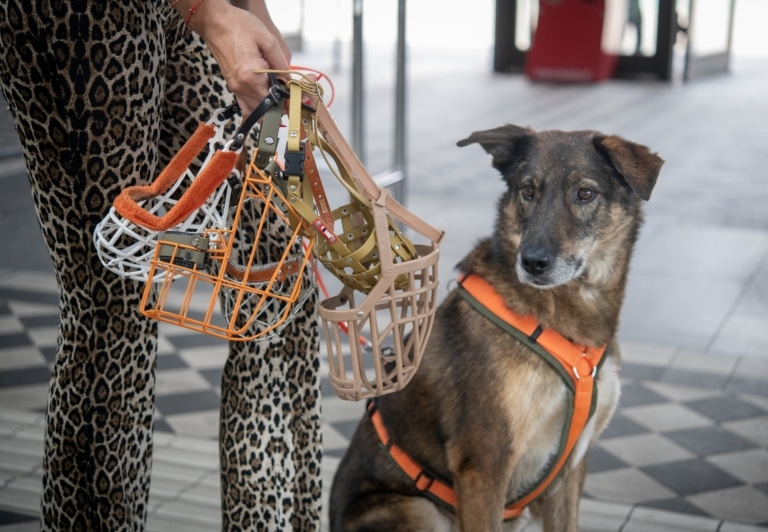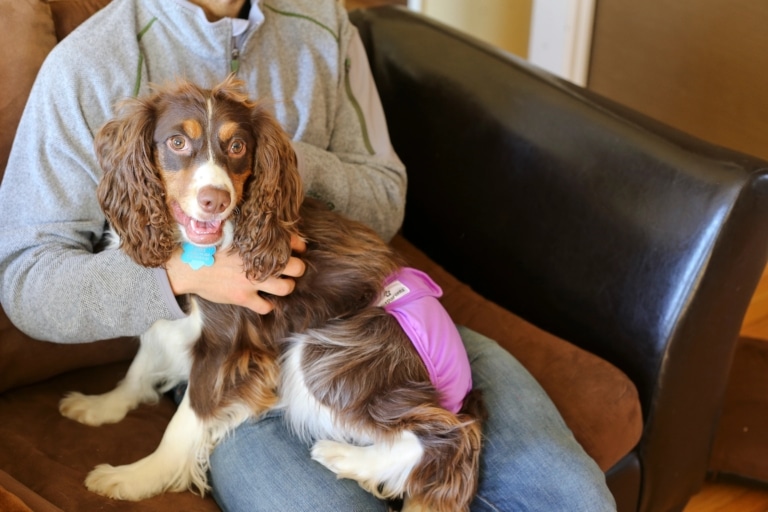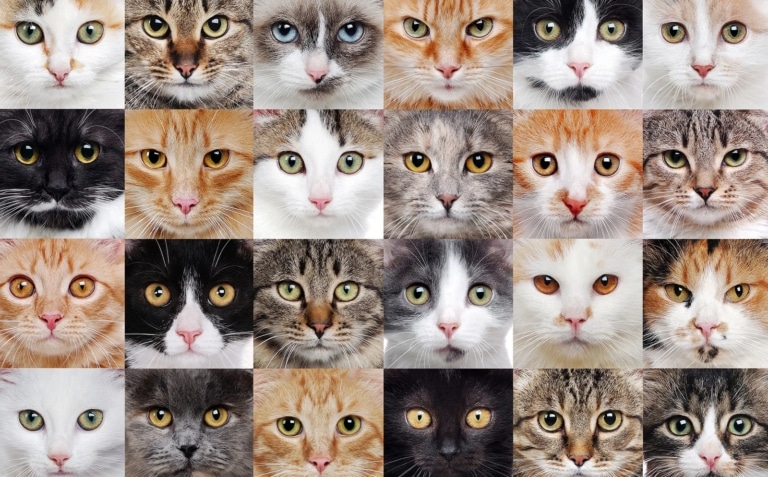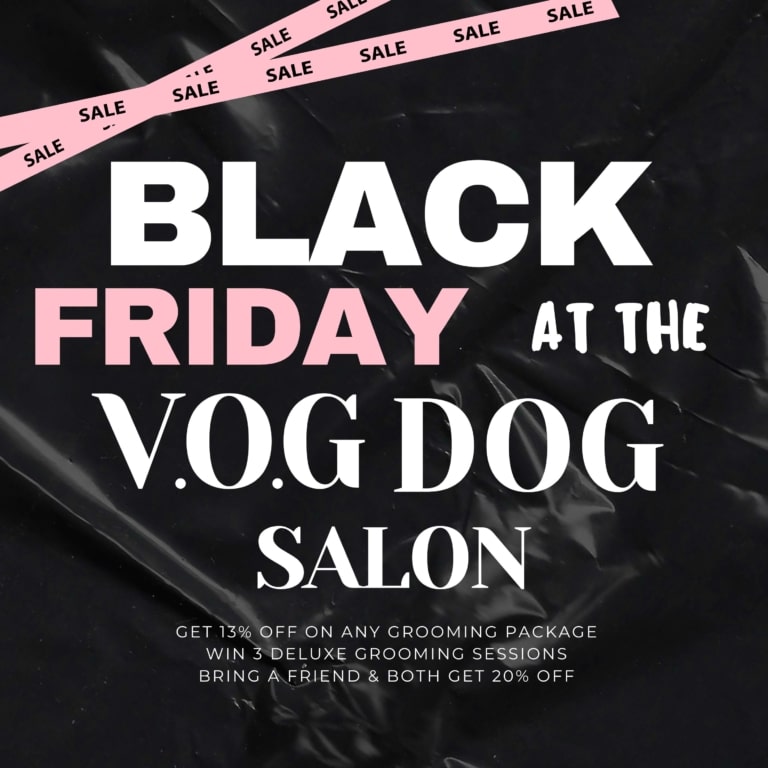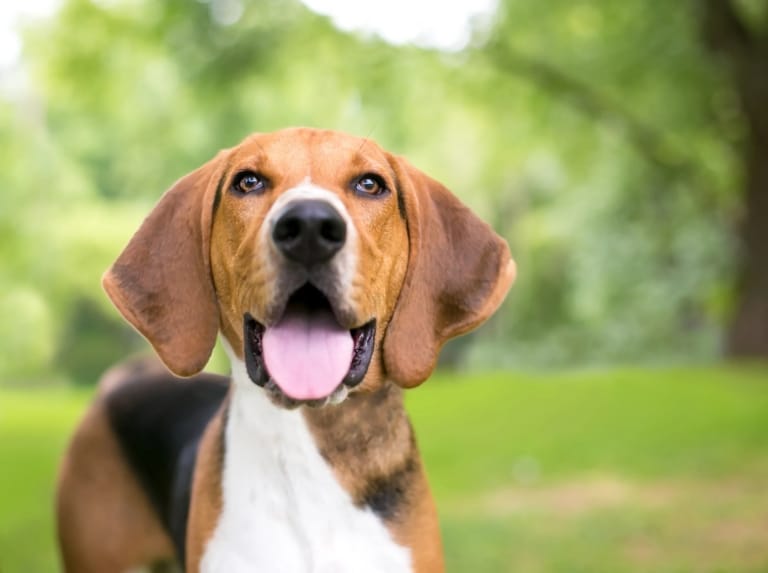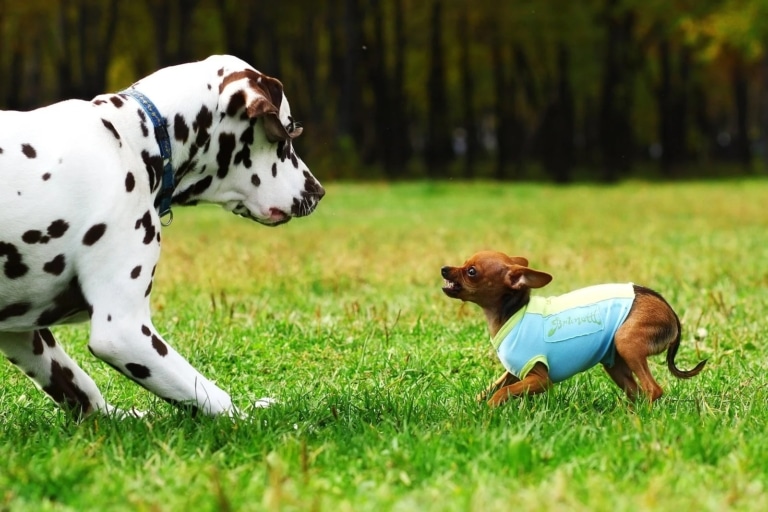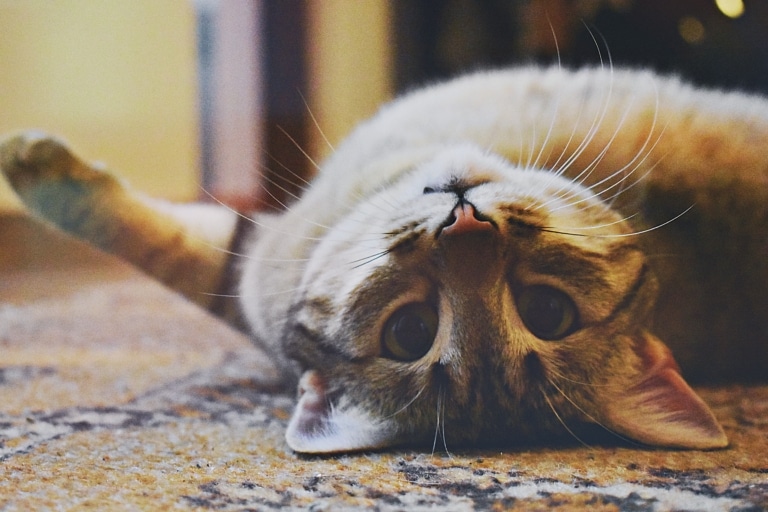Double-coated dogs require special care because their fur serves a protective function and has a complex structure. Improper grooming can disrupt their thermoregulation, cause skin issues, and even lead to hair loss.
What is a double coat and which breeds have it
What does a double coat mean, and what are its functions and characteristics? A double coat consists of two layers: the guard hairs are longer and coarser, protecting against moisture, dirt, and mechanical damage, while the undercoat is a thick, soft layer near the skin responsible for thermoregulation. In winter, it keeps the dog warm; in summer, it prevents overheating. Double-coated dogs do not shed evenly year-round — instead, they undergo seasonal shedding, where old fur falls out and new fur grows in.
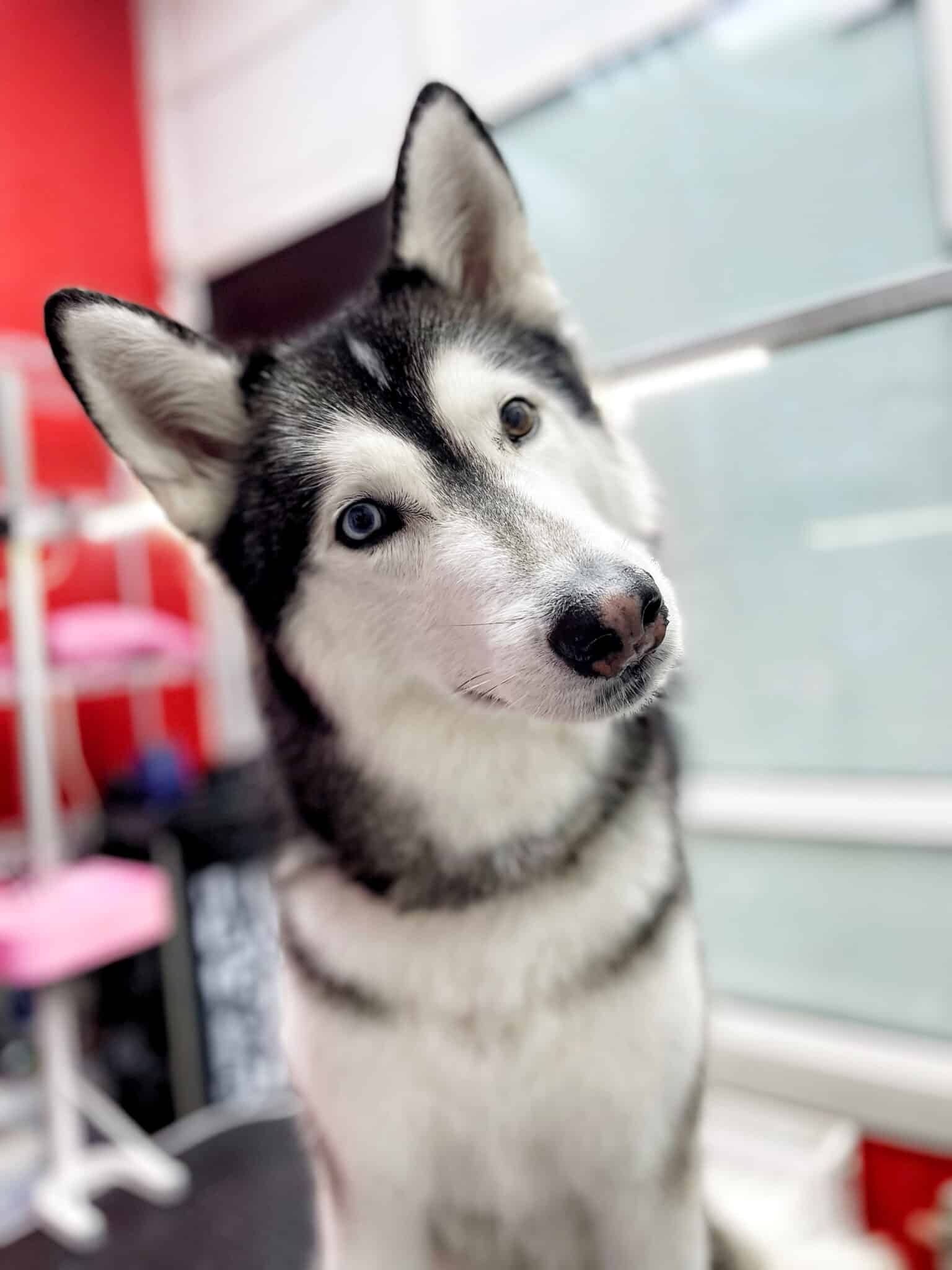
Popular breeds with double coats. Dogs with this type of coat are often breeds that historically lived in cold climates or required extra protection. Northern breeds such as the Siberian Husky, Alaskan Malamute, and Samoyed have coats that offer excellent protection from the cold but require more intensive grooming in summer. Japanese breeds like the Akita Inu and Shiba Inu have thick undercoats that help them endure temperature fluctuations. Herding and working breeds with double coats include the Welsh Corgi, Border Collie, and German Shepherd. Among hunting dogs, the Labrador Retriever, Newfoundland, and Golden Retriever stand out — their waterproof coats protect them from cold water. Spitz breeds such as the Pomeranian, Keeshond, and Chow Chow also deserve mention, as they have especially dense undercoats that can quickly mat without regular grooming.
Why is proper grooming of a double coat important? Without proper care, the coat can tangle and form mats, causing itching, irritation, and skin infections. If the undercoat is not brushed during shedding, it will fall out unevenly, disrupting heat exchange: in summer, the dog overheats; in winter, it is not adequately protected from the cold.
Basic care for double coats
How often should these dogs be brushed, and which tools are best? Regular brushing helps remove dead undercoat and prevents matting. Outside shedding season, double-coated dogs should be brushed 2–3 times a week, and during seasonal shedding — daily or every other day. The recommended tools include an undercoat rake, a de-shedding tool like a Furminator, a slicker brush (especially for northern breeds), and a wide-tooth comb to keep the coat smooth.
Why shouldn’t the undercoat be shaved, and what can happen if it is? Some owners think shaving double-coated dogs helps them handle heat better, but it can actually harm the dog. The undercoat regulates temperature, and removing it can lead to quicker overheating. The guard hairs protect the skin from UV rays, so shaving may cause sunburn. Additionally, the undercoat may regrow unevenly or shed in patches, affecting the dog’s appearance. The only exception is hygienic trimming of the paws, face, and area around the tail.
Shedding, seasonal changes, and how to ease the process. Seasonal shedding occurs twice a year: in spring, dogs lose their winter undercoat, and in autumn, the coat renews for the cold season. It’s essential to help your dog shed old fur efficiently to avoid summer overheating or uneven loss in fall. This involves daily brushing with appropriate tools, regular bathing with de-shedding shampoos, and providing a balanced diet rich in protein, Omega-3, and Omega-6 to support coat health. Professional grooming during shedding season helps remove excess undercoat and minimizes shedding at home.
Bathing and drying a double coat
Can double-coated dogs be bathed often, and what shampoos are suitable? Bathing should be balanced — overly frequent washing can dry out the skin and strip the natural protective oil layer. The ideal frequency is once every 1.5–2 months. However, in cases of heavy dirt or odor, more frequent baths are allowed if only gentle products are used. The best shampoos for double coats are sulfate-free, paraben-free, and free of harsh chemicals. It’s important to choose products that maintain the coat’s natural moisture and protective oils. Ideal options include shampoos with oat extract, silk proteins, or oils that hydrate and help prevent tangling.
Drying specifics — why is thorough drying so important? A common mistake owners make is letting the coat air-dry. This can cause matting, especially in thick undercoated dogs. The undercoat holds moisture for a long time, which may lead to skin irritation, fungal infections, and unpleasant odor. After bathing, the dog should be towel-dried to remove excess water, followed by blow-drying on medium heat. It’s important to brush while drying to prevent the coat from clumping. Pay extra attention to areas under the legs, behind the ears, and around the tail — these zones dry the slowest and are most prone to matting.
Use of conditioners and oils in coat care. Conditioners can be very helpful, especially during shedding season. They hydrate the coat, ease brushing, and reduce the risk of mats. Choose formulas designed for dogs that rinse out easily and don’t weigh the coat down. Oily conditioners can leave a sticky residue that attracts dirt and dust. Oils can also be used but sparingly and mostly on the tips of the coat to avoid a greasy look. Argan, coconut, and jojoba oils work best for maintaining elasticity without heaviness.
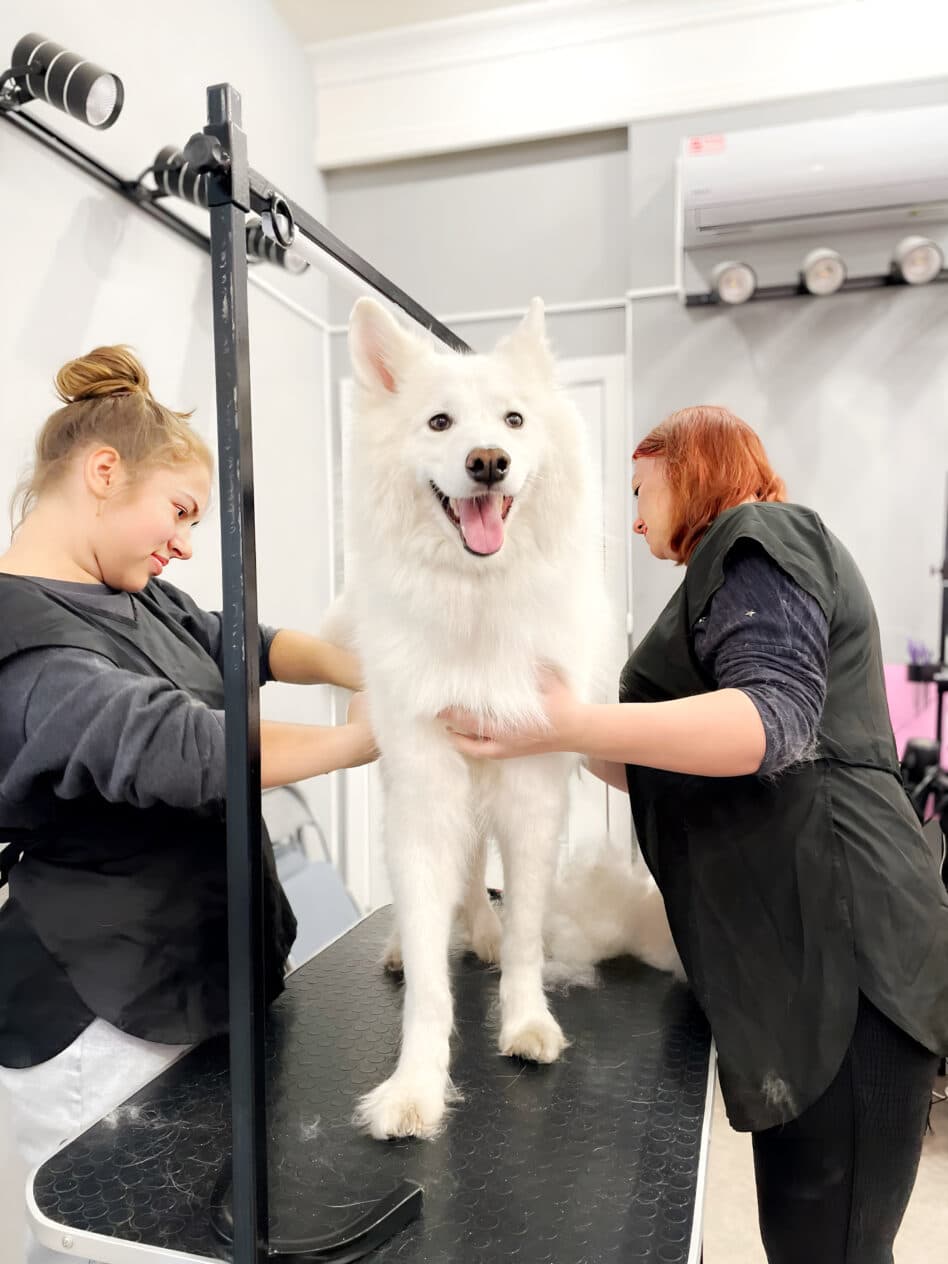
Double-coated dog grooming in the salon
Professional undercoat removal (Furminator, blow-out, etc.). One of the most important treatments for double-coated dogs is professional de-shedding, which significantly reduces hair loss and helps the skin breathe. The Furminator is one of the most effective tools for removing dead undercoat, especially during shedding season. Another great service is blow-out (removal of undercoat with a strong stream of air), which quickly eliminates excess hair without damaging the guard coat. This is particularly beneficial for thick-coated breeds like Huskies, Samoyeds, or Spitzes, whose coats often shed unevenly in clumps.
Should double-coated dogs be trimmed? Trimming these dogs remains a debated topic. In most cases, full shaving is not recommended as it disrupts natural hair growth and the dog’s ability to regulate temperature. If shaved down to the skin, the undercoat may regrow unevenly, and guard hairs can become coarser or fall out in patches. However, trimming is acceptable in some cases — for example, hygienic trimming of the paws, face, underbelly, and around the tail. Also, trimming the ends of the coat can enhance appearance, especially for show dogs.
Double-coated dogs’ paws need special care since the fur between paw pads can mat and cause discomfort while walking. Regular trimming between the toes helps prevent dirt and snow buildup in winter. Ears also require attention — particularly in breeds with floppy ears, where hair in the ear canal can trap moisture, leading to bacterial growth. It’s important to clean the ears regularly and monitor their condition. Nails should be trimmed every 3–4 weeks, as overly long nails can affect posture and cause discomfort when walking.
Conclusion
Caring for double-coated dogs requires a comprehensive approach, including proper bathing, thorough drying, use of conditioners and oils when needed, and professional grooming at a salon. Improper care can lead to hair loss, skin irritation, and disrupted thermoregulation. To keep your dog’s coat healthy and well-groomed, it’s essential to brush regularly, maintain paw, ear, and nail hygiene, and seek professional grooming during shedding season for deep undercoat cleaning. If you want your dog to look flawless and feel great, trust the experts at V.O.G DOG SALON — we know all the ins and outs of double-coat care and will make sure your pet looks 100% fabulous!

